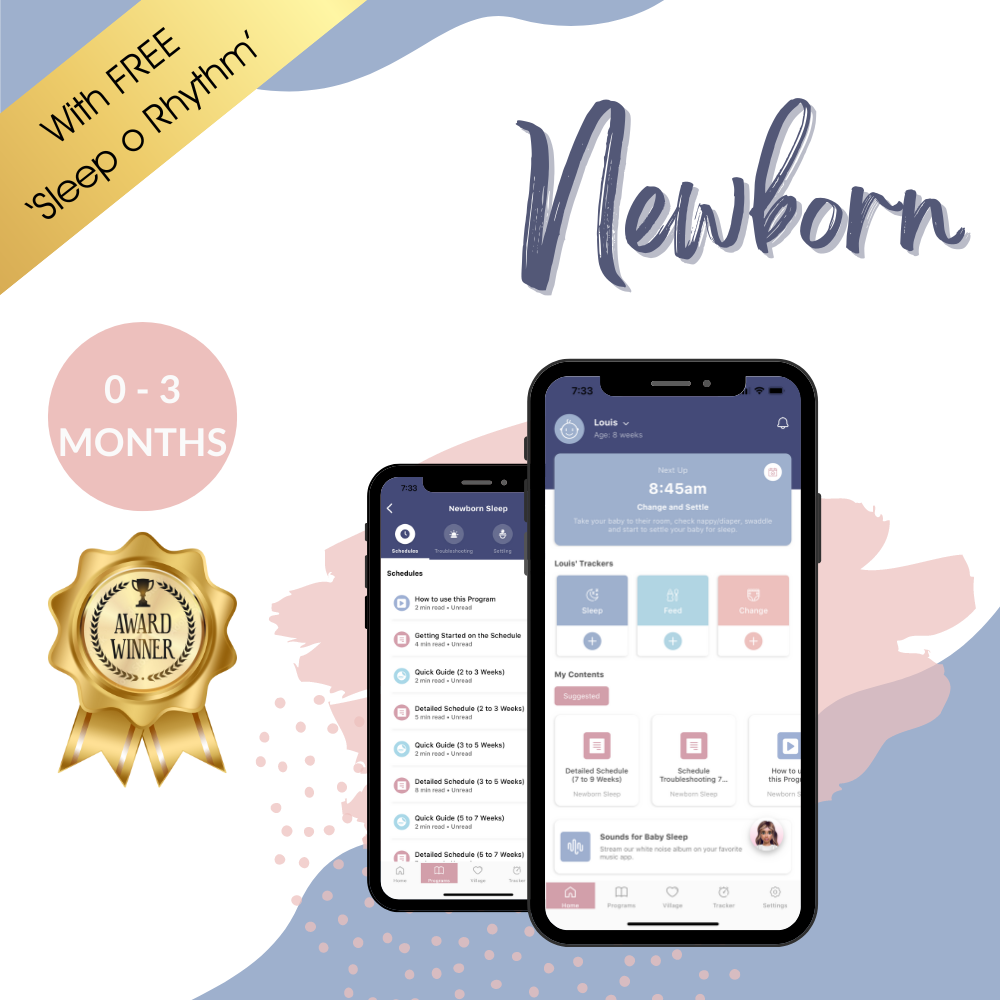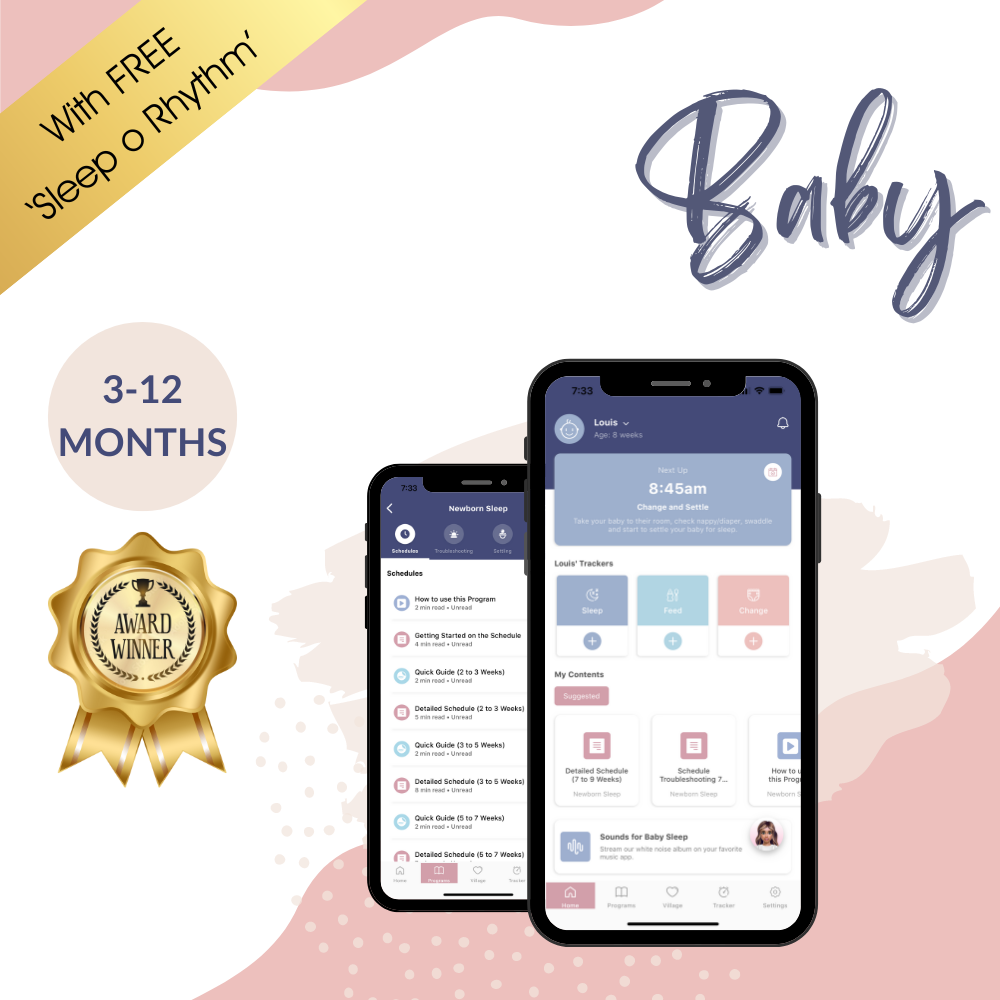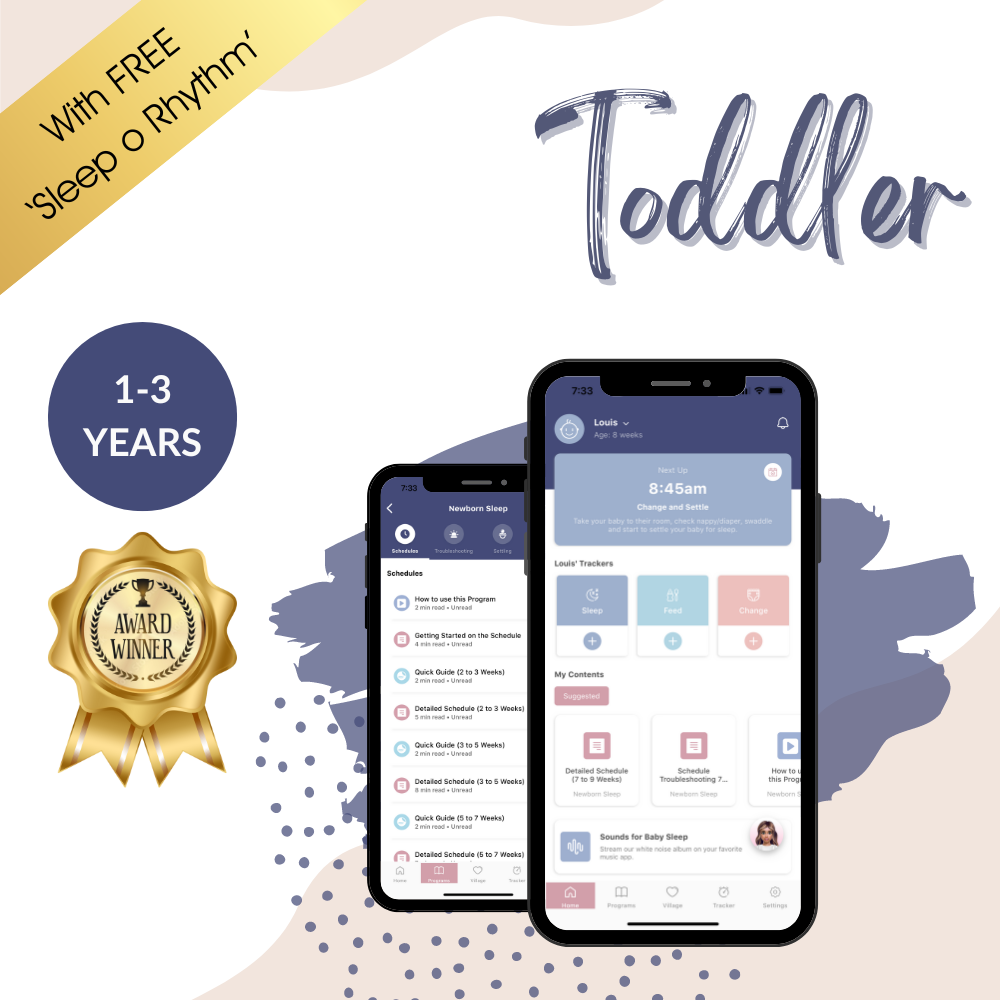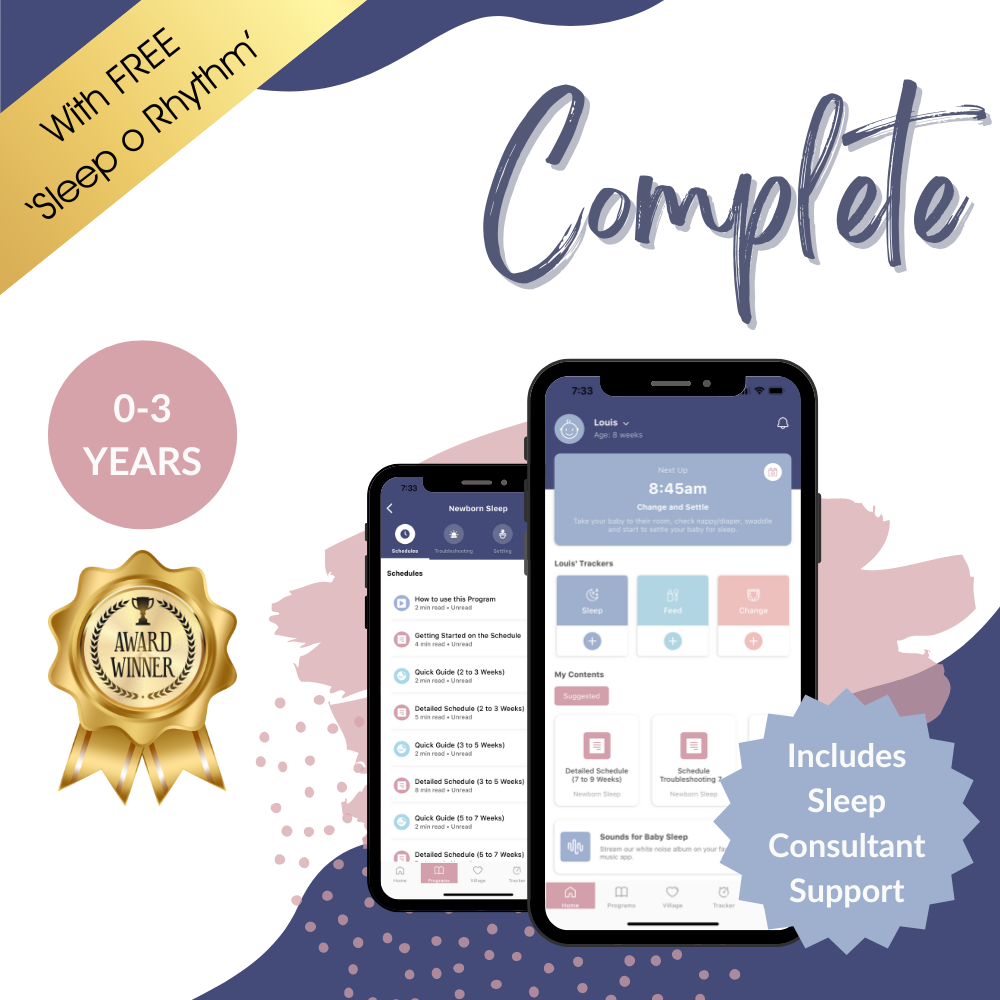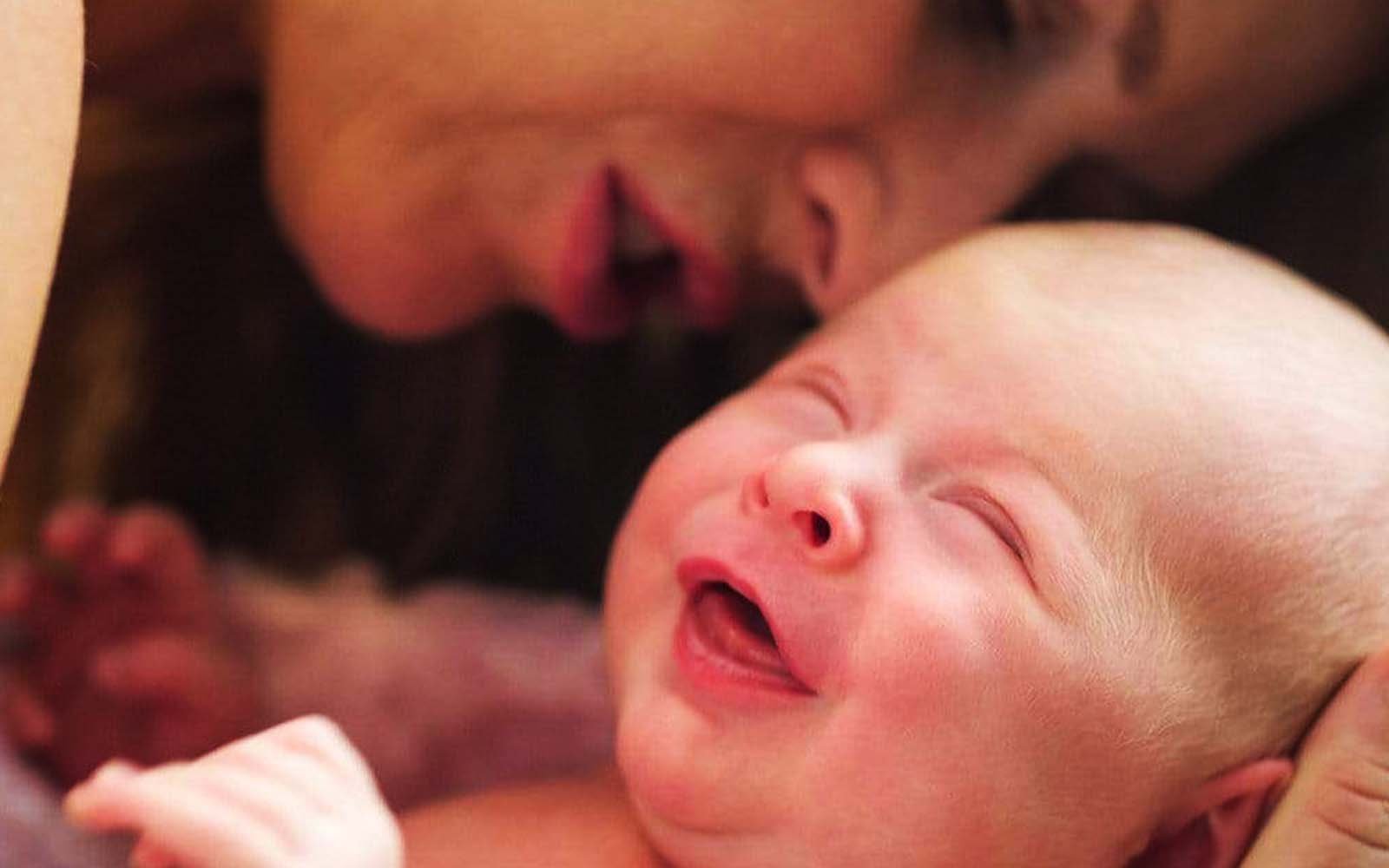
Baby Reflux Symptoms, Causes & Treatments: What Parents Need to Know
As you may already know from my previous blog "No one mentioned reflux", my first baby had severe reflux right from birth. My second came along and all was going well until a few things starting not quite adding up around 4 months. These inconsistencies were more obvious because I had her on our Sleep Program. We have since worked out that she also has reflux.
So what is gastroesophageal reflux?
Reflux is when the contents of the stomach (milk) comes back up the oesophagus (food pipe) instead of being digested, however it’s not just the stomach contents that comes up; it also comes up with stomach acid. This milk and acid mix regurgitates up the oesophagus and sometimes out the mouth.
It is the acid that causes the pain as it burns the oesophagus and throat. In severe cases the lungs and ears are also affected by the acid being breathed into the windpipe and into the lungs, which is very serious and can cause permanent damage. Not to mention a very very very distraught baby (and mother, speaking from experience).
You CAN have a better night’s sleep!
Whatever your current sleep situation, we've got the tools, the information and the personalised support to help you and your little one reclaim those nights.
Get our Sleep Programs
The difference between “normal reflux” (Gastroesophageal reflux) and “silent reflux” (Laryngopharyngeal reflux) is that in cases of silent reflux you don't see the milk actually spill out the mouth. The milk and acid comes up the oesophagus and goes back down. Please note, not all babies that spill have reflux. There is a big difference between reflux and a happy chucker. Happy chuckers are babies that are spilling milk but completely happy about it (and this is totally normal!)
(In this video, Amanda chats to Board Certified Pediatrician, Tina Feeley, about Reflux in babies and children.)
How can you tell if your baby has reflux?
Signs of mild reflux: crying after burping/winding, spilling or spitting up (but this is not always a sign of reflux), taking a long time to settle to sleep, once settled waking after 10 minutes or so, snack feeding or refusing to feed, not swallowing properly, tiny bubbles around baby’s mouth, baby prefers sleeping upright over shoulder, crying in capsule or sometimes also front pack, frequent hiccups, catnapping, not being able to burp properly, random bouts of very painful cries, frequent colds and ear infections.
Signs of severe reflux: bad breath, no weight gain or loss of weight, hoarse voice, apnea (stopping breathing), lying awake in the middle of the night for no obvious reason, not taking a bottle due to pain of swallowing, choking, arching back, only feeding well when sleepy or asleep, crying when lying down or changing nappy.
Now this is where it gets confusing…
Signs of an over/undertired or overstimulated baby with NO reflux:
Crying, taking a long time to settle, once settled waking after 10 minutes, cluster feeding, prefers sleeping on a parent, random crying, catnapping, not being able to burp properly due to being too tired, lying awake in the middle of the night, arching back, feeding to sleep.
Overtiredness, undertiredness and overstimulation in babies is actually often misdiagnosed as reflux, especially seeing as the preliminary GP diagnosis is based on your observations of your baby rather than any testing. Too often babies end up being put on reflux medication unnecessarily, when all they really needed was for their napping and feeding to be more structured according to their age.
Say goodbye to sleepless nights.
Join over 800,000 families worldwide who are enjoying excellent sleep with our Sleep Programs, created by experts in the field of pediatric sleep.
Get our Sleep Programs
The only way to rule out overtiredness, undertiredness and overstimulation is to have the baby sleeping as well as they possibly can for their age. This is by far easiest to do with our age-specific Sleep Solutions.
Causes of reflux:
1. An immature stomach valve: the valve at the top of the stomach is meant to keep things down once eaten, however in babies they often have an immature valve which allows the contents of the stomach to come back up. This is the most common reason for reflux in babies. As the baby grows older and becomes more upright and sitting, the muscles at the top of the stomach generally close the valve and the reflux will go. If reflux continues past the sitting stage, once the baby is walking, most children will not have symptoms anymore.
Until the valve matures, most babies will simply spill up some milk after a feed. It can look like a lot of milk that gets brought up, but try this experiment: spill a teaspoon of milk on the counter… You’ll be surprised how much milk it seems is spilt! If the baby does spill an entire feed, this is called possetting.
2. Underlying allergies or intolerances: A baby that has allergies such as dairy or lactose intolerance will have reflux, but the reflux or vomiting is caused by the body not being able to tolerate the allergen. The baby will regurgitate the contents back up with acid. This can be why breastfeeding mothers are often advised by well meaning friends to avoid dairy if their baby has reflux, however please note: most reflux in babies is caused by an immature stomach valve and not a dairy allergy. Please ONLY avoid dairy if you have been advised to do so by a health professional.
3. Eosinophilic Oesophagitis (rare): this mimics reflux with a lot of the same symptoms, especially pain when feeding, difficulty swallowing and choking. This is, however, an immune response to certain food groups, which causes the oesophagus to be inflamed and painful which makes it very hard to swallow. More common among babies with allergic parents.
Diagnosis of reflux:
Diagnosis is often done by the doctor on symptoms explained by the parents. If you think your baby has reflux it's a good idea to write down as many of the signs listed above that your baby may have. Babies who have reflux are often very happy when distracted and people, including doctors, may not believe that they are in much pain. It is a good idea to take a video of when they are having an episode to take along for your appointment.
Let's get your little one's sleep sorted ASAP!Our award-winning Sleep Programs will solve your baby's sleep challenges in no time.
Get our Sleep Programs
There are a few diagnostic tests that can be done: Barium swallow series, PH probe and Upper GI Endoscopy.
How to treat reflux:
The first and most important thing is to have a good sleeping pattern in place; this will highlight if your baby truly has reflux and in some cases it will rule out reflux symptoms altogether. Often people believe their baby has reflux because they are crying a lot; it can be that they are simply over/undertired or overstimulated.
Keep the baby as upright as possible when awake. This can be done in a bouncer, baby chair or lying in a feeding pillow.
Avoid pressure on the baby’s stomach. Unless you are doing “tummy time” babies with reflux will not like pressure on their stomach as it brings up more acid. This includes tight baby carriers.
Pacifiers. These can help soothe the baby by encouraging them to swallow saliva which may be enough to wash the acid down and help with the pain.
Prescribed medications - Gaviscon, Losec or Omeprazole are the common medications prescribed with reflux to neutralize the acid in the stomach for babies that don't respond to the above treatments. These medications don't stop the milk coming up and the baby spilling, but they do stop the pain from the acid burning the oesophagus.
Other investigations: If prescribed medications aren’t stopping the pain from reflux or the reflux is becoming worse, referral to an allergy specialist may be needed, for investigation into diary, other intolerances or eosinophilic oesophagitis.
Definitely contact your GP if your baby is not feeding, is losing weight, is more unsettled than normal or you suspect they have reflux.
-------------
Bibliography
Rybak, Anna et al. “Gastro-Esophageal Reflux in Children.” International journal of molecular sciences vol. 18,8 1671. 1 Aug. 2017, doi:10.3390/ijms18081671
Venkatesan, Naren N et al. “Laryngopharyngeal reflux disease in children.” Pediatric clinics of North America vol. 60,4 (2013): 865-78. doi:10.1016/j.pcl.2013.04.011
Carr, Stuart et al. “Eosinophilic esophagitis.” Allergy, asthma, and clinical immunology : official journal of the Canadian Society of Allergy and Clinical Immunology vol. 14,Suppl 2 58. 12 Sep. 2018, doi:10.1186/s13223-018-0287-0
Del Buono R, Wenzl TG, Ball G, et al. Effect of Gaviscon Infant on gastro-oesophageal reflux in infants assessed by combined intraluminal impedance/pH; Archives of Disease in Childhood 2005;90:460-463.
Safe, Mark et al. “Widespread use of gastric acid inhibitors in infants: Are they needed? Are they safe?.” World journal of gastrointestinal pharmacology and therapeutics vol. 7,4 (2016): 531-539. doi:10.4292/wjgpt.v7.i4.531
------------
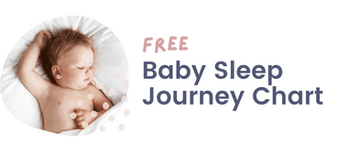
Receive product and services updates, promotional offers and other marketing communications based.


